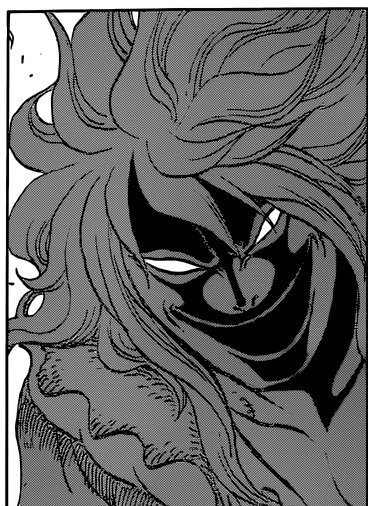

It is a popular spot for landscape painters, so with luck you can observe a masterpiece in the making. The park's spectacular viewpoint is especially picturesque during cherry blossom season, but capable of taking your breath away at any time of year with its magnificent panorama of the Shirouma Sanzan mountain range of Japan's Northern Alps, the Himekawa River, the park's wooden suspension bridge and thatched houses. You can enjoy the area's abundant nature, while getting to know the locals who inhabit the traditional buildings. Encompassing an area of 5.9 hectares along both sides of the winding Himekawa River, the park was completed in 2006 and is dedicated to preserving Hakuba Happo-one's historical scenery. If you want to see how Japan's traditional rural landscape used to look, this little park offers a window to history. Since this sacred place is just a five-minute walk from the Adam gondola lift station, stop by at any time of year and take in the mystical atmosphere in this tranquil setting. This is the only night when you are able to purchase the coveted lucky charms of Hosono Suwa Shrine. During ninen-mairi, which takes place between the sun setting on the old year and rising on the new, the premises are beautifully illuminated and often covered by the sparkling white snow. The spectacle ends at Hosono Suwa Shrine, where everyone can feast on typical festival fare such as yakisoba (stir-fried noodles), butajiru (miso soup with pork and vegetables), and cotton candy- and enjoy lively taiko drumming performances. The shrine carriers are splashed with hot spring water from Hakuba Happo-one.

HAKUBA'S THEME ONE PIECE PORTABLE
The Reitaisai, usually in autumn, includes the Yukake Matsuri, a procession that features a portable shrine, which houses a 300 kg-heavy serpentinite rock, carried through the village. The Hosono Suwa Shrine used to be the destination for villagers to pray for rain in the hope of a rich autumn harvest, but nowadays it's best-known as the site of the Reitaisai, Hakuba Happo-one's annual festival, and ninen-mairi, the shrine visit that marks the beginning of a new year. Surrounded by thirty massive conifers, this sacred tree has been designated a Natural Monument of Hakuba village. This ancient tree, which even survived a lightning stroke, is estimated to be at least 1,000 years old, and is over 40 meters tall and up to 10 meters in diameter. The first thing you notice while approaching this historic Shinto shrine nestled against a hillside is the giant sacred Japanese cedar at the bottom of the staircase. The monument next to it was added after the 1998 Nagano Winter Olympics to celebrate and commemorate the 100th gold medal that was achieved by Japanese athletes at this competition. The Olympic fire was clearly visible from the top of the jumping hills to encourage the athletes. Thanks to a slippery artificial surface, it is even possible to practice in the summer.Īfter exploring the ski jumping hills, venture out to the plateau on the opposite side and gaze at the Olympic cauldron. Occasionally the stadium is still used by ski jumping professionals for training purposes. The floors of the connecting passageways between tower and jumping hills were built with gratings, making it possible to admire the scenery below as well. From the observation deck you can enjoy marvelous views of the surrounding area, as well as imagining the thrilling anticipation of the athletes shortly before they jump off. While taking the elevator upwards, you may wonder why it's much taller than your average lift, but the additional space is necessary to accommodate long skis. Curious visitors can hop on the lift that runs between the two hills and get off at the tower, which provides access to the in-runs. Nowadays, the Hakuba Ski Jumping Stadium, which is located directly at the foot of Japan's Northern Alps, counts as one of Hakuba Happo-one's most popular sightseeing spots and is open year-round. Athletes from all over the world competed on two differently sized ski jumping slopes-the Normal Hill (318 m) and the Large Hill (385 m)-resulting in two gold medals for the Japanese Olympic team. Completed in November 1992, this colossal structure capable of accommodating 45,000 spectators hosted the ski jumping events during the 1998 Nagano Winter Olympics.


 0 kommentar(er)
0 kommentar(er)
